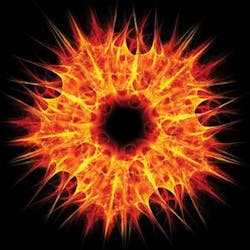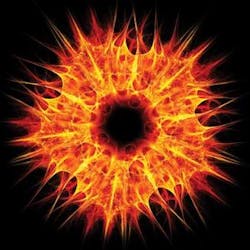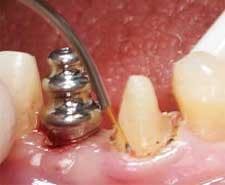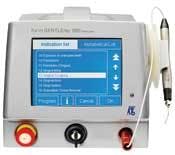Seeing the light on lasers
For more on this topic, go to www.dentaleconomics.com and search using the following key words: lasers, high-tech, clinicians, diode laser, soft issue, periodontal disease, bleeding, bacteria, ultrasonic debridement.
by Lou Grahahm, DDS
As clinicians, we have a multitude of instruments, tools, and equipment — from burs to antibiotics to high-tech devices — which help us provide needed care for our patients. I've seen the light on incorporating one high-tech piece of equipment — a soft tissue diode laser. It not only increases our options for many procedures, it also enhances our practices and results.
I view lasers as an adjunct modality — an additional tool in my arsenal that will best complement the particular treatment or procedure to yield an optimum result. I recently incorporated a new laser into my practice that offers advanced features, especially in its user interface. It really increases the versatility of this modality. In fact, I use this laser from three to 10 times a day.
First and foremost, I use my laser for perio. It deals very effectively with the inflammatory, infectious process that is periodontal disease. This is a prime example where the laser modality complements the conventional treatment of hand debridement. While ultrasonic debridement and hand instrumentation are still necessary to remove any plaque or biofilm from the area, diseased tissue still lurks within the pocket. Here is where this specific contact laser performs an additional service.
When the laser contacts the tissue, the light energy is basically vaporizing the bacteria, cleaning the pocket. Once the "bad" bacteria are removed, the equilibrium of the good bacteria returns. There also is reduced inflammation, a better clinical attachment, and a decreased probing depth in a shorter period of time.
Reduction in bleeding
Another clinical situation in which the laser modality is a good choice is in the reduction of bleeding. For example, I recently took an impression of tooth No. 18. There was excess tissue on the distal that needed to be removed before proceeding. With a scalpel, there would be too much bleeding, but the laser literally vaporized the tissue with minimal bleeding. The laser also can be used to adjunctively stop bleeding in the case of an inadvertent cut on the cheek or tongue during preparation. Set the laser to a continuous wavelength and it stops bleeding almost instantly.
I also routinely use my laser to uncover implants. I locate the implant using the stent, remove a refined amount of tissue with the laser (without bleeding, expose the implant) and take a final impression that day. The procedure is quick and efficient for me and my patients.
Similarly, when a patient has an aphthous ulcer, I use the laser to get him or her out of pain immediately. Then, I continue with the scheduled procedures. Without the laser, a patient experiencing discomfort with an aphthous ulcer may need to cancel the appointment and return another day. This wastes time and causes additional stress. Now I avoid this scenario.
Taking it to the next level
Using a soft-tissue diode laser has shed some light on new ways for me to treat old problems with enhanced results. As in my case, adding this modality takes a dental practice to the next level. From surgical procedures to tooth-whitening, lasers improve the dentist's work life and the patient's dental experience.
Lou Graham, DDS, is an internationally recognized lecturer who is involved in continuing education for dental professionals. He focuses on incorporating current clinical advancements through conservative dentistry. Dr. Graham also is a published author. He is a graduate of Emory Dental School and is the former dental director of the University of Chicago"s Department of Dentistry. He practices in Chicago's Hyde Park area.



